Trump’s Tariff Gamble: US Factories Could Feel the Heat With Costs Set to Climb
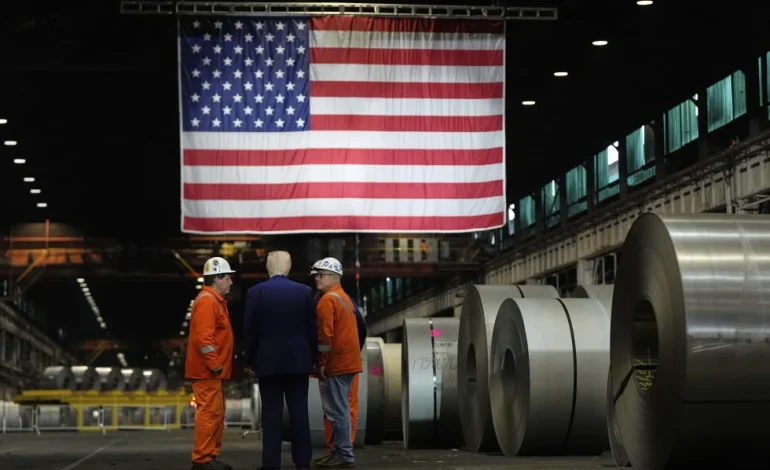
President Trump is doubling down on tariffs, and US factories might be the ones feeling the squeeze. A new analysis shows that manufacturing costs could climb by 2% to 4.5%, just as Trump gets ready to roll out new import taxes on a wide range of countries—from the EU to Japan, and possibly dozens more by this Friday.
“It’s going to be a cash squeeze for a lot of these firms,” said Chris Bangert-Drowns from the Washington Center for Equitable Growth, who led the analysis.
And with slim profit margins in the manufacturing world, even small bumps in costs could lead to wage freezes, layoffs, or worse—plant closures.
The study paints a clearer picture of what Trump’s protectionist playbook could mean for US businesses. The former president is betting big on tariffs to revive American industry and balance trade. But critics say higher costs could do the opposite, pushing up prices and weighing down job growth—especially in factory-heavy swing states like Michigan and Wisconsin, where more than 1 in 5 jobs are at risk.
Take Jordan Manufacturing Co. in Michigan, for instance. They don’t even buy foreign steel, yet they’ve seen steel coil prices rise 5% to 10%, thanks to Trump’s tariffs allowing domestic suppliers to hike prices with little competition.
“There’s no red-blooded capitalist who isn’t going to raise his prices,” said company president Justin Johnson.
Another small business owner, Josh Smith of Montana Knife Co., said the tariffs are hitting him on both ends. He recently bought a $515,000 German-made machine and now faces a $77,000 tariff bill. And the special steel his company needs? It’s made in Sweden now—soon to be hit with a 50% duty.
“I want to buy more equipment and hire more people. That’s what I want to do,” Smith said. “But these tariffs make that a gamble.”
While Trump insists foreign countries are footing the bill, the reality is that US importers, manufacturers, and ultimately consumers are the ones paying up. A Federal Reserve survey found that companies expect to pass along about half the tariff costs to shoppers, while eating the rest themselves.
And some are still trying to hold off. Many businesses stockpiled goods earlier this year to dodge the incoming wave of duties. But that cushion is running thin—and once the new tariffs kick in fully, prices could spike.
Even the Yale Budget Lab estimates the average American household could lose $2,400 annually under the current tariff regime.
So far, inflation has stayed relatively tame—but experts warn the full hit is still coming. Companies are slow-walking price hikes, hoping the tariff storm blows over. Many retailers loaded up on inventory during Trump’s “pause” on the steepest tariffs, especially ahead of the holiday season.
Still, the price tags are creeping up on everyday items: appliances, clothing, toys, groceries—and if Trump goes forward with the higher tariff levels he threatened back in April (some up to 145%), things could get much worse.
Trump’s argument is simple: tariffs protect US jobs and grow the economy. But so far, the data tells a different story. The US lost 14,000 manufacturing jobs after the April tariffs were introduced. And despite White House claims that inflation is “wiped out,” many businesses report rising input costs and shrinking margins.
Even in high-tech sectors like AI and electronics—which Trump hailed as America’s future—20% of components are imported. That means building out cutting-edge industries in the US could now carry a multitrillion-dollar price tag.
“The ‘Made in USA’ label might sound great,” one analyst said, “but making that happen under these tariffs is another story entirely.”
Trump’s trade team says the tariffs will open new global markets and bring factories back home. But critics argue they’re more like a toll booth on the global supply chain—and the bill is being handed to American businesses and families.
As the August 1 deadline approaches, businesses are holding their breath. If the steepest tariffs land as planned, the holiday season could bring not just festive lights—but higher prices, fewer jobs, and a lot more uncertainty.
With input from the Associated Press and NPR.


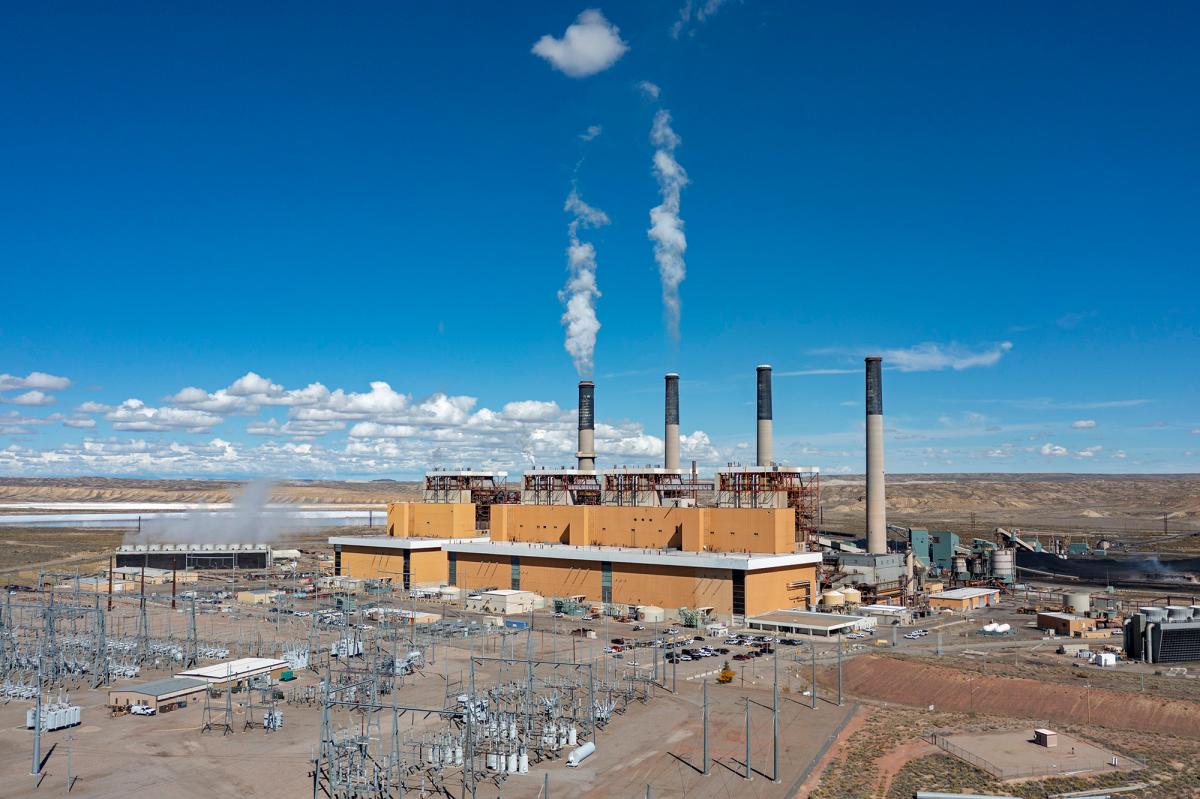

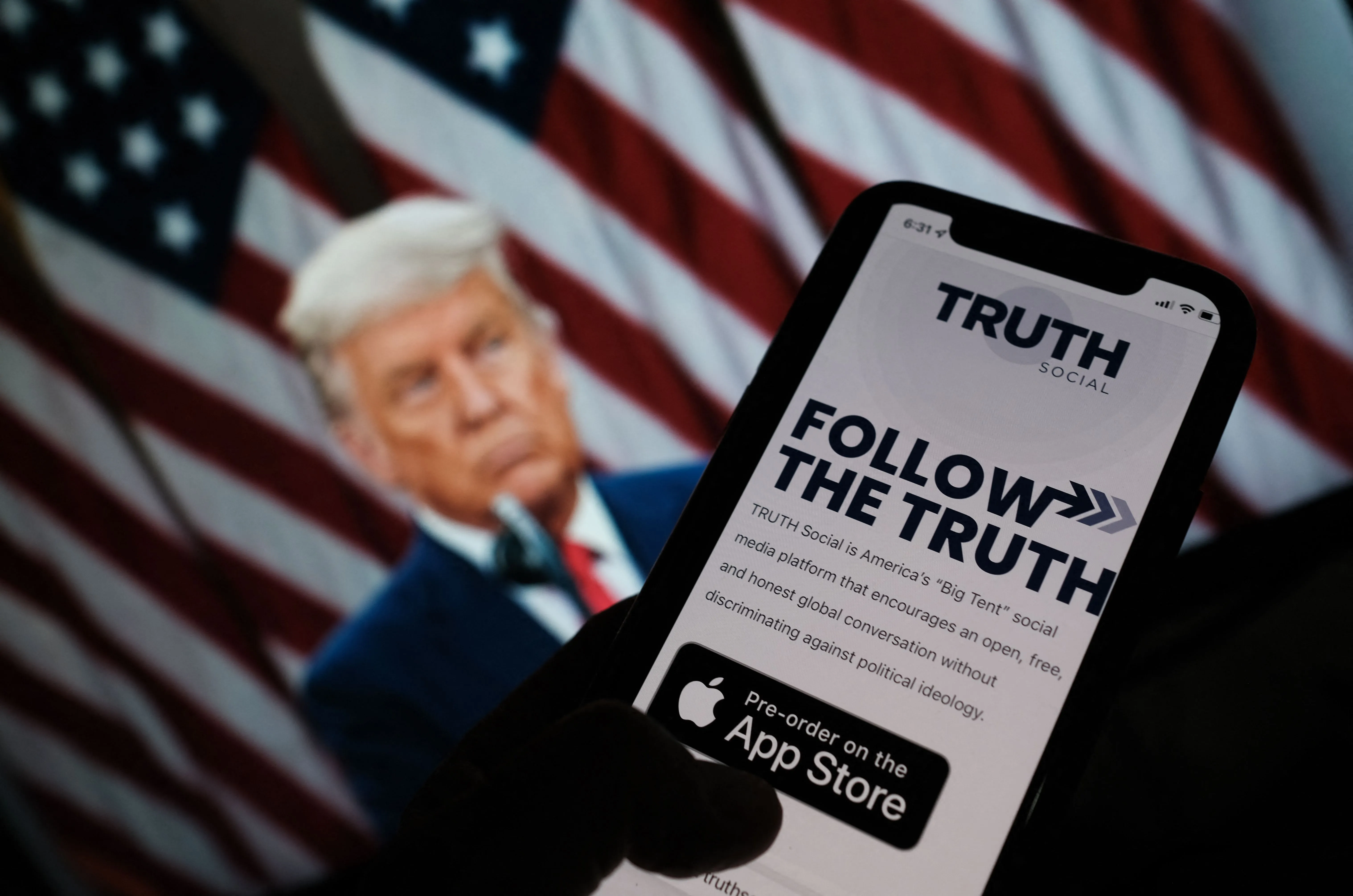


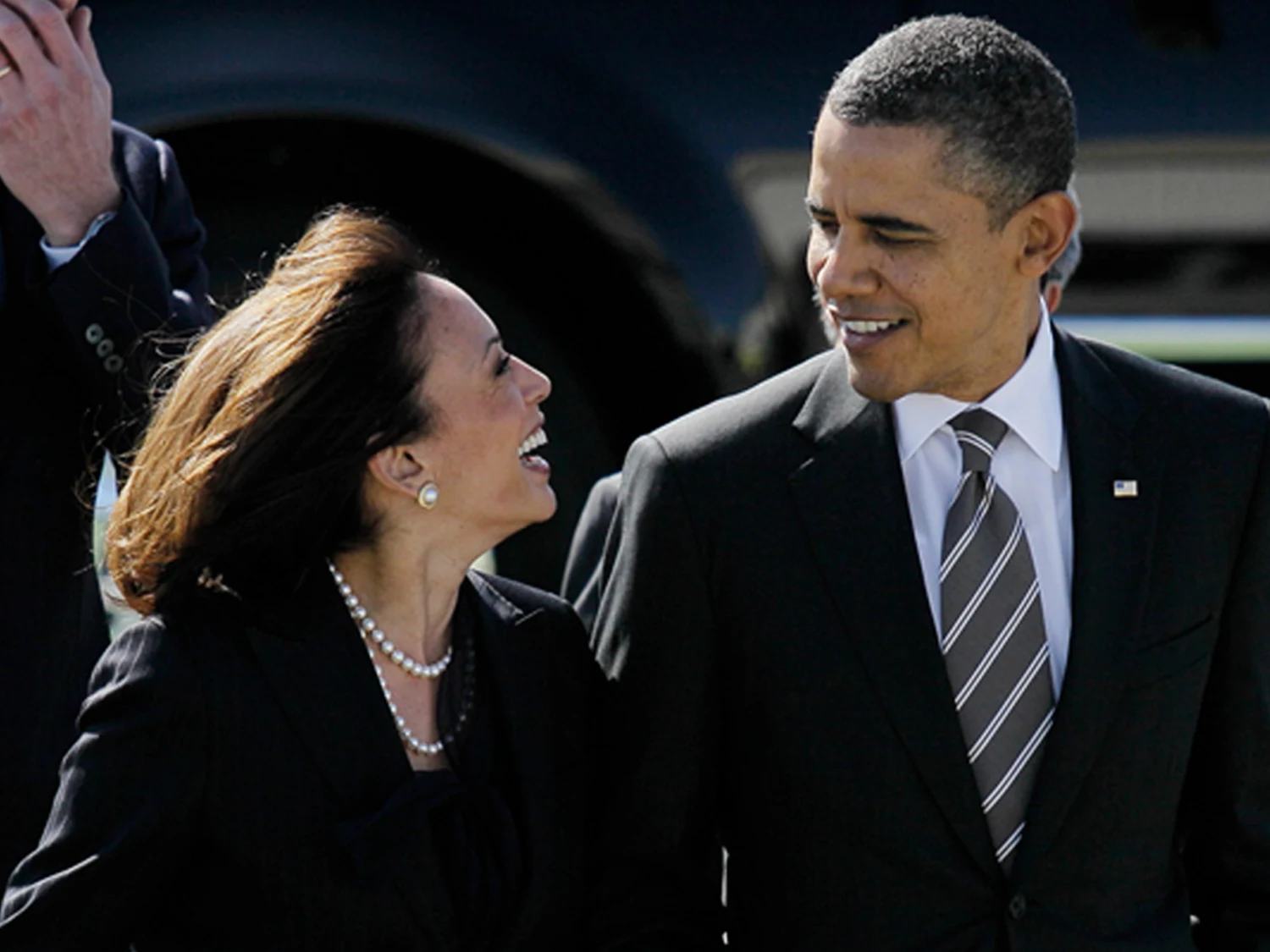
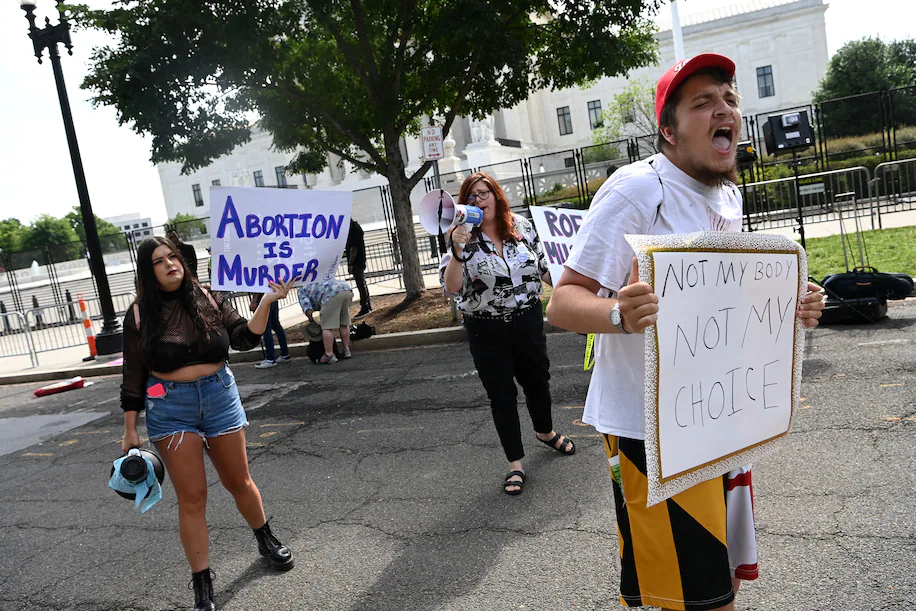
The latest news in your social feeds
Subscribe to our social media platforms to stay tuned